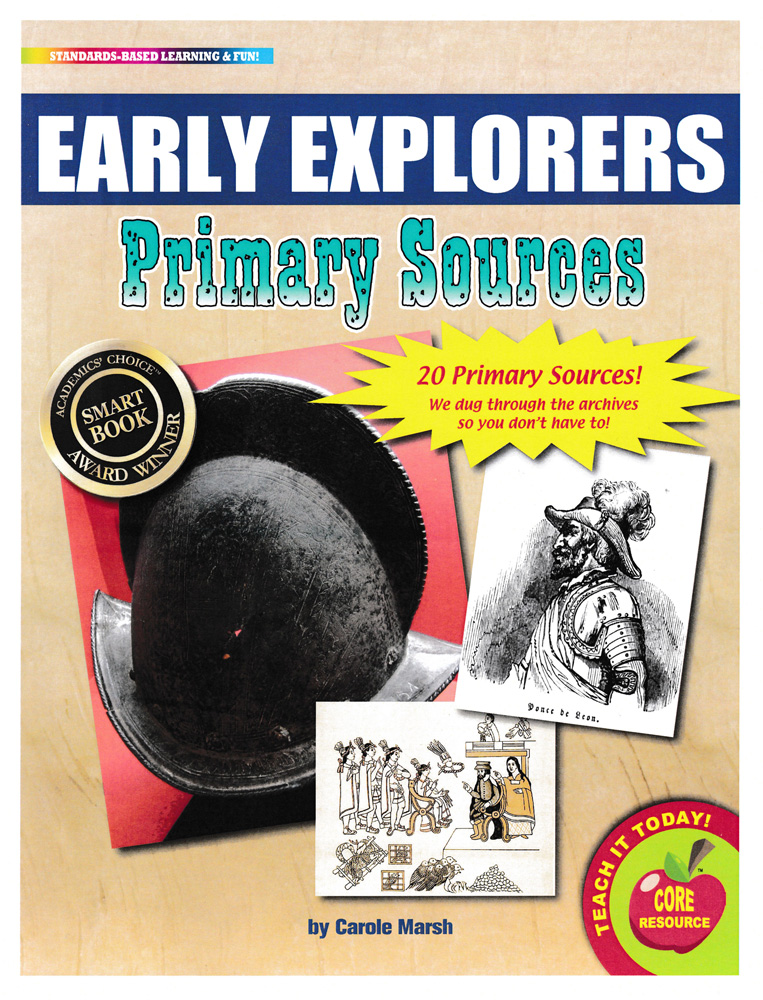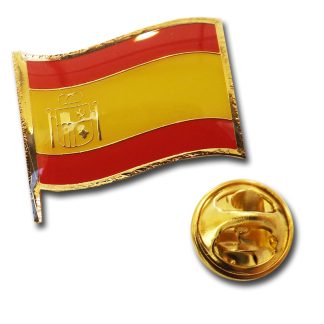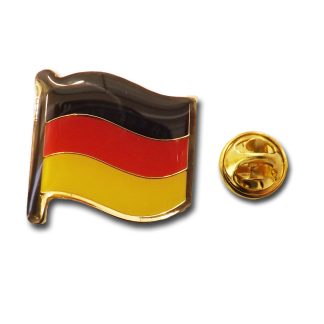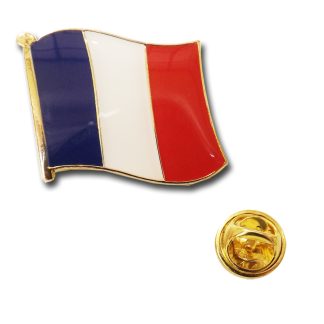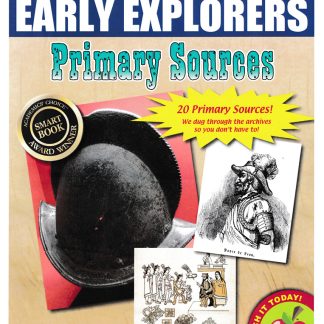Description
Early Explorers Primary Sources /emare just what teachers need to help students learn how to analyze primary sources in order to meet Common Core State Standards!Students participate in active learning by creating their own interpretations of history using historical documents. Students make observations, generate questions, organize information and ideas, think analytically, write persuasively or informatively, and cite evidence to support their opinions, hypotheses, and conclusions. Students learn how to integrate and evaluate information to deepen their understanding of historical events.The 20Early Explorers Primary Sources /emare: Excerpt from Christopher Columbus’ letter to King Ferdinand of Spain dash; 1493 Engraving of Christopher Columbus by Johann Theodor de Bry dash; published 1595 Engraving of Spanish explorer Juan Ponce de Le;oacute Portrait of Christopher Columbus by Sebastiano del Piombo dash; 1519 Map of the Aztec island city of Tenochtitl;aacute made by one of Hern;aacute Cort;eacute;s’ men dash; 1524 Illustration showing Hern;aacute Cort;eacute;s and his interpreter meeting Aztec Emperor Moctezuma II in 1519 dash; created circa 1550 Map of the world by Abraham Ortelius dash; 1570 Map of St. Augustine (Florida) dash; 1589 Illustration from a 16th century map of Ferdinand Magellan’s ship Victoria/em, the first ship to circumnavigate the earth dash; 1590 Portrait of Amerigo Vespucci–he is described as ;ldquo;discoverer and conqueror of the land of Brazil;rdquo; dash; circa 1600 Diagram of the Quebec settlement dash; circa 1608 Illustration of Henry Hudson’s Half Moon/em sailing ship in the Hudson River Self-portrait of French explorer Samuel de Champlain titled Defeat of the Iroquois at Lake Champlain/em dash; 1613 Illustration of Jacques Cartier’s first interview with Indians near Hochelaga (now Montreal) in 1535 dash; published circa 1850 Painting titled Discovery of the Mississippi/em by William H. Powell–portrays Hernando de Soto seeing the Mississippi River for the first time dash; 1853 Painting titled Last Voyage of Henry Hudson/em by John Collier dash; 1881 Spanish currency with illustration of explorer Francisco Pizarro Photograph of remains of a Viking longboat–Viking Ship Museum, Oslo, Norway dash; photo taken 2005 Photograph of a metallic helmet used in 17th century by Spanish conquistadors in America–Museo del Carmen, Maip;uacute;, Santiago, Chile dash; photo taken 2008 Medallion with effigy of Francisco V;aacute;zquez de Coronado, in his birthplace of Salamanca, Spain dash; photo taken 2012Your students will: Think critically and analytically, interpret events, and question various perspectives of history. Participate in active learning by creating their own interpretations instead of memorizing facts and a writer’s interpretations. Integrate and evaluate information provided in diverse media formats to deepen their understanding of historical events. Create a more relevant and meaningful learning experience.span style=”color:#FF0000;”Download the Gallopade Free Online Teacher;#39;s Guide for Primary Sources PDF located in “Additional Info.”/spanAll levels. 8 x 11 inches each. Cardstock.
